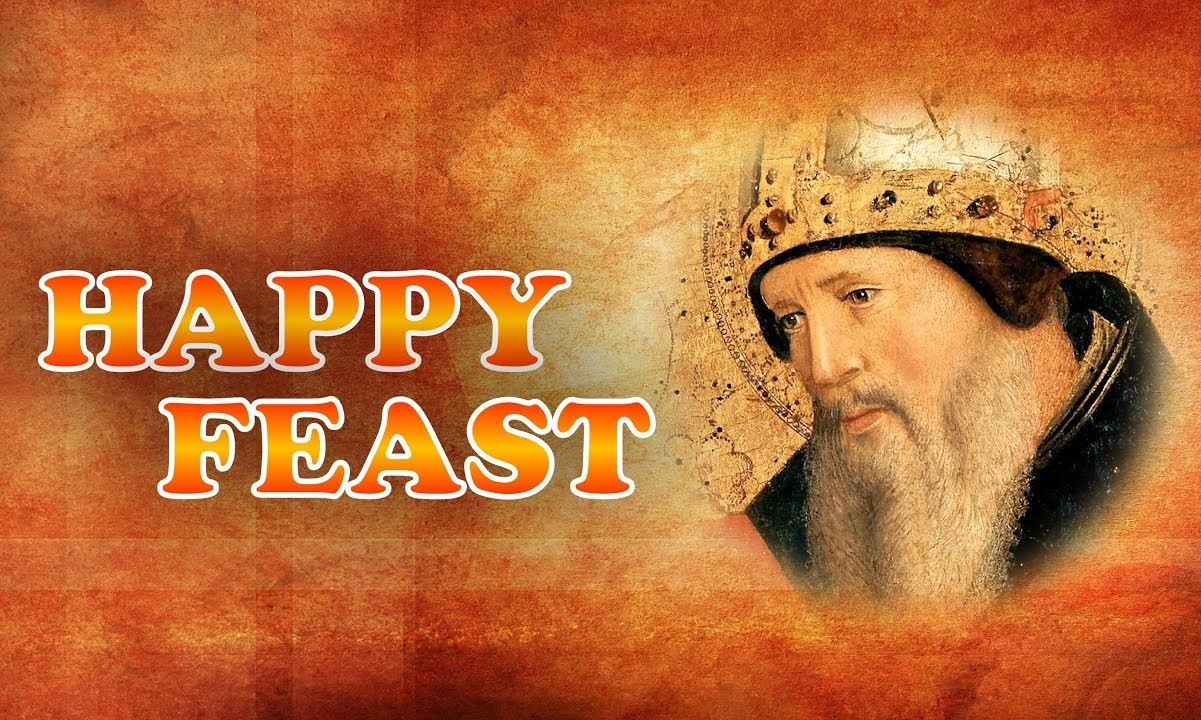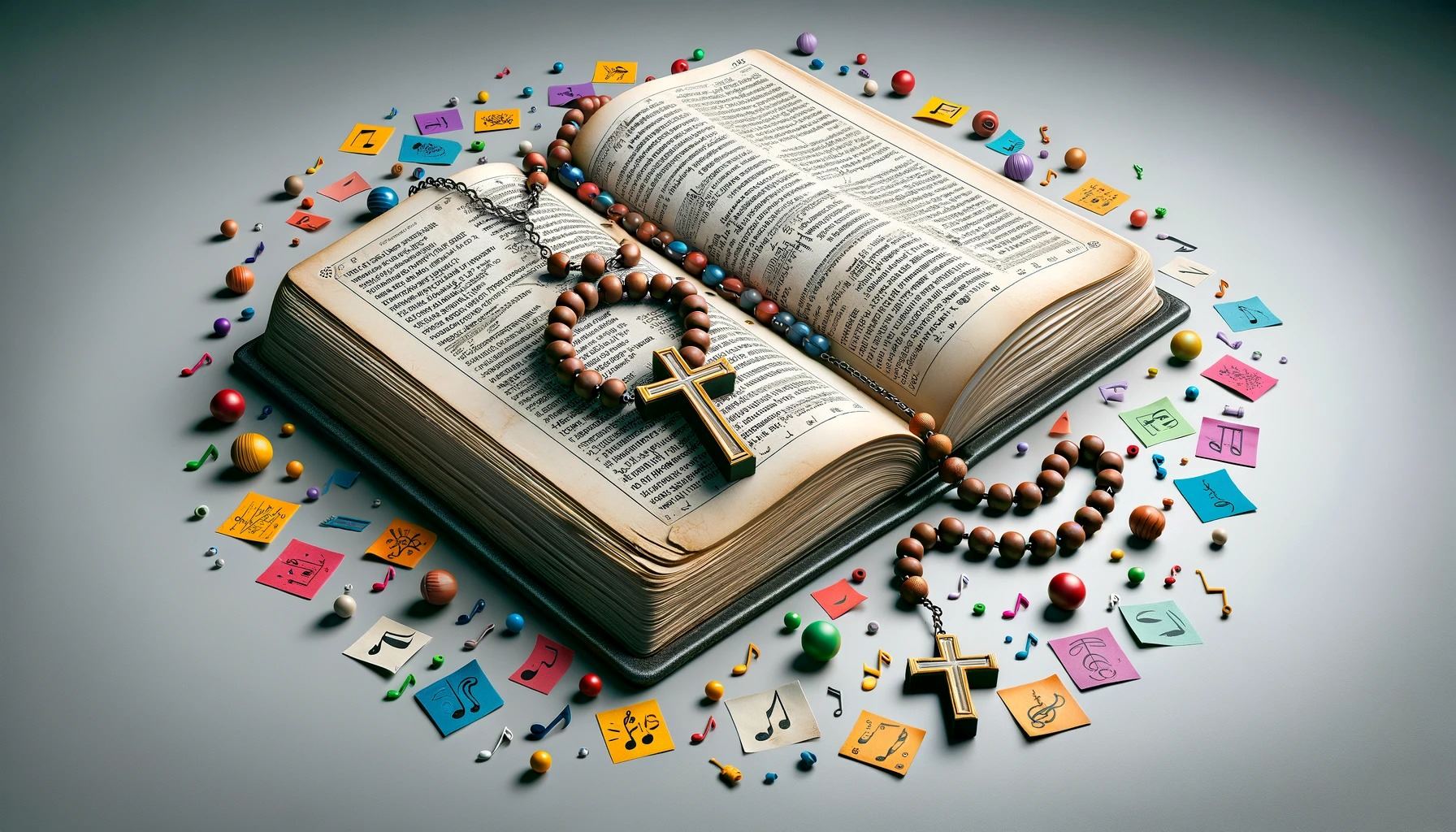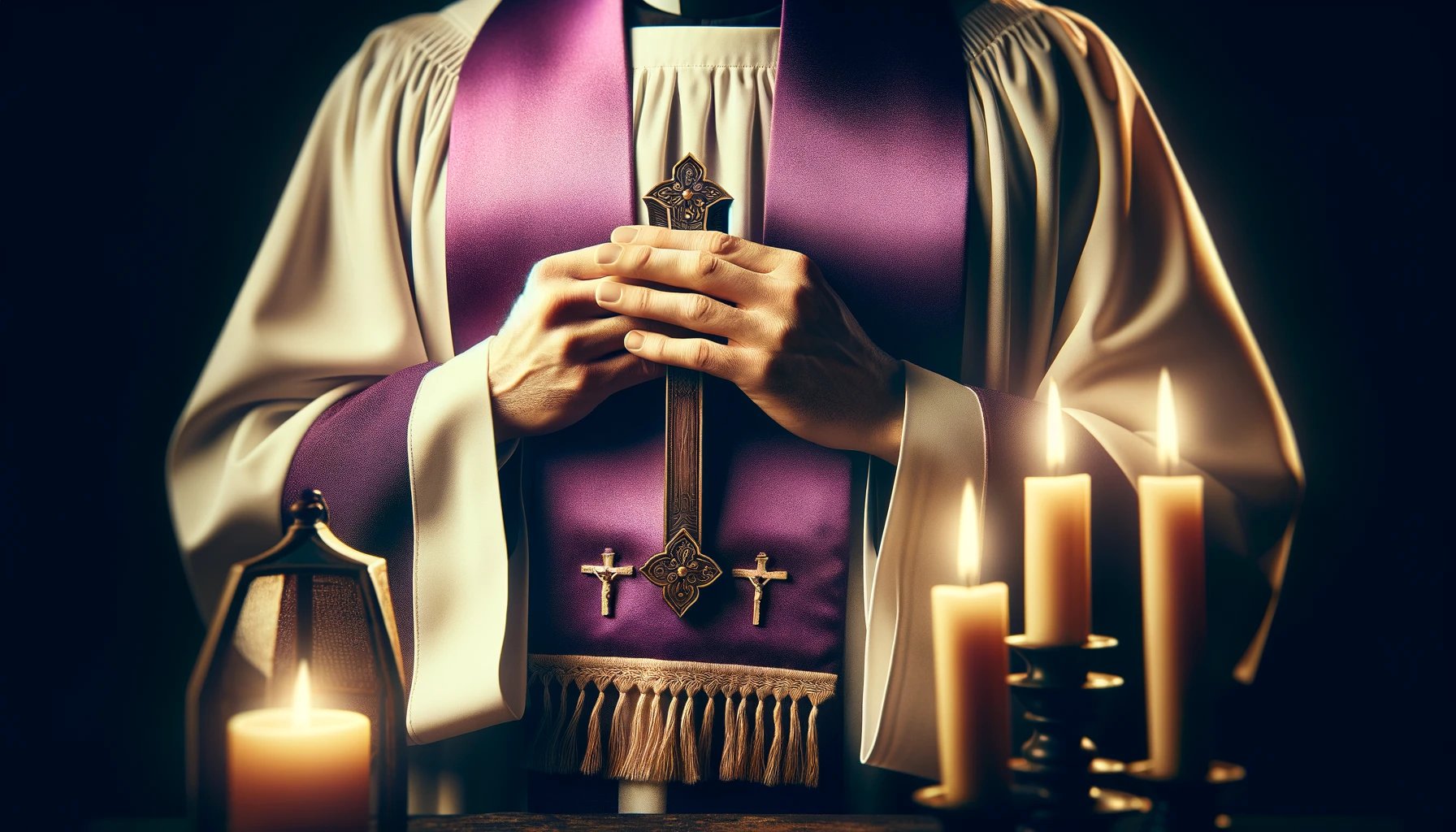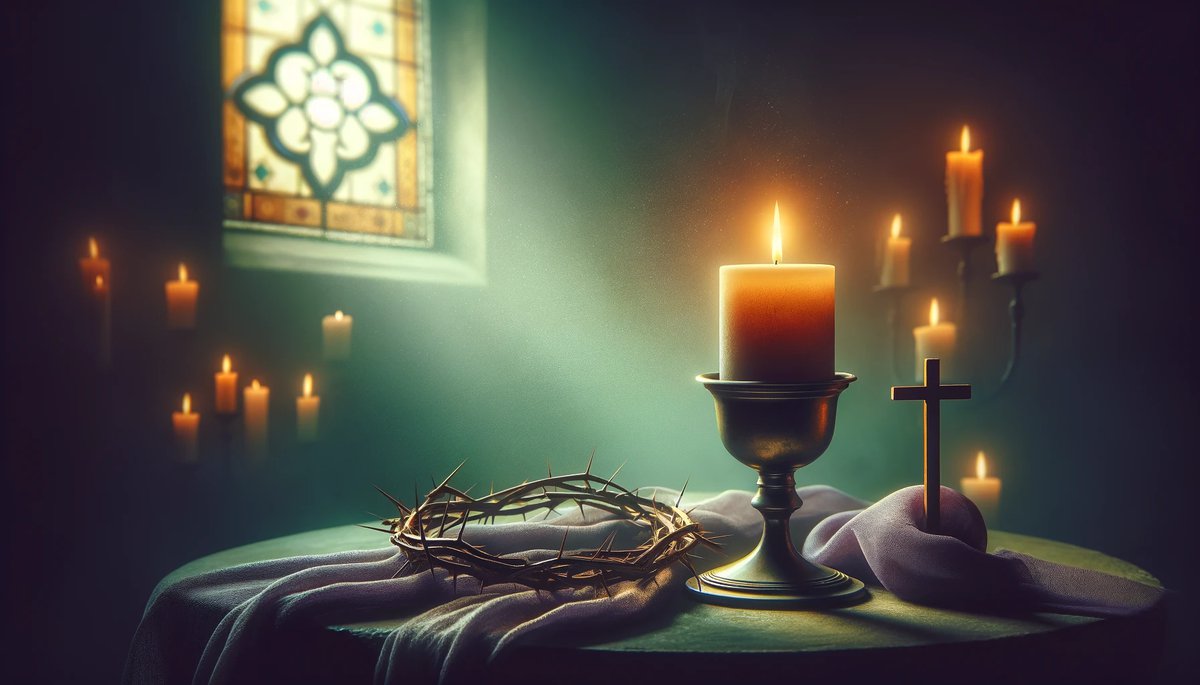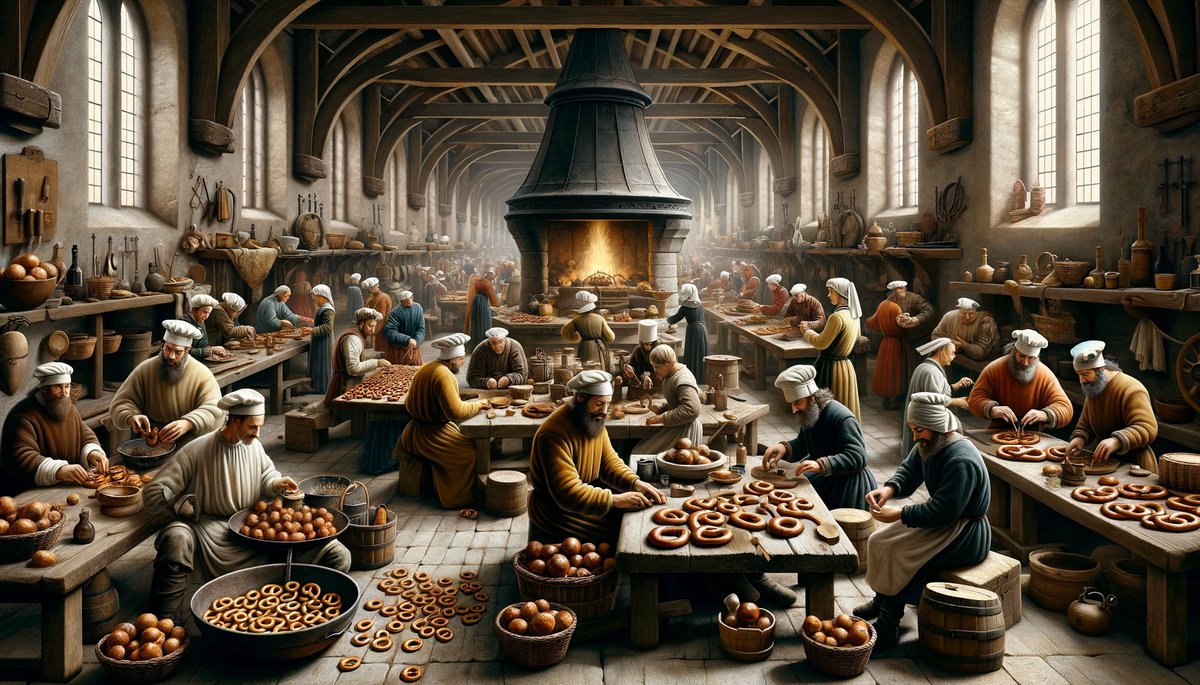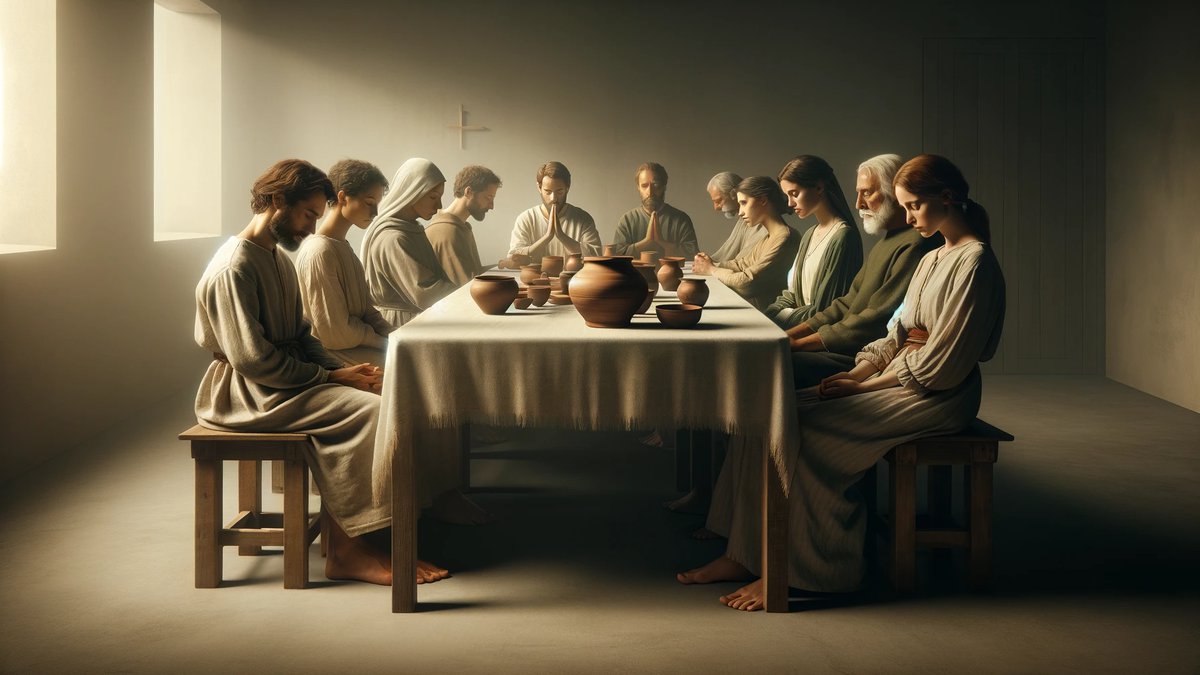Home>Special Themes>What Irish Saint’s Feast Day Takes Place During Lent?
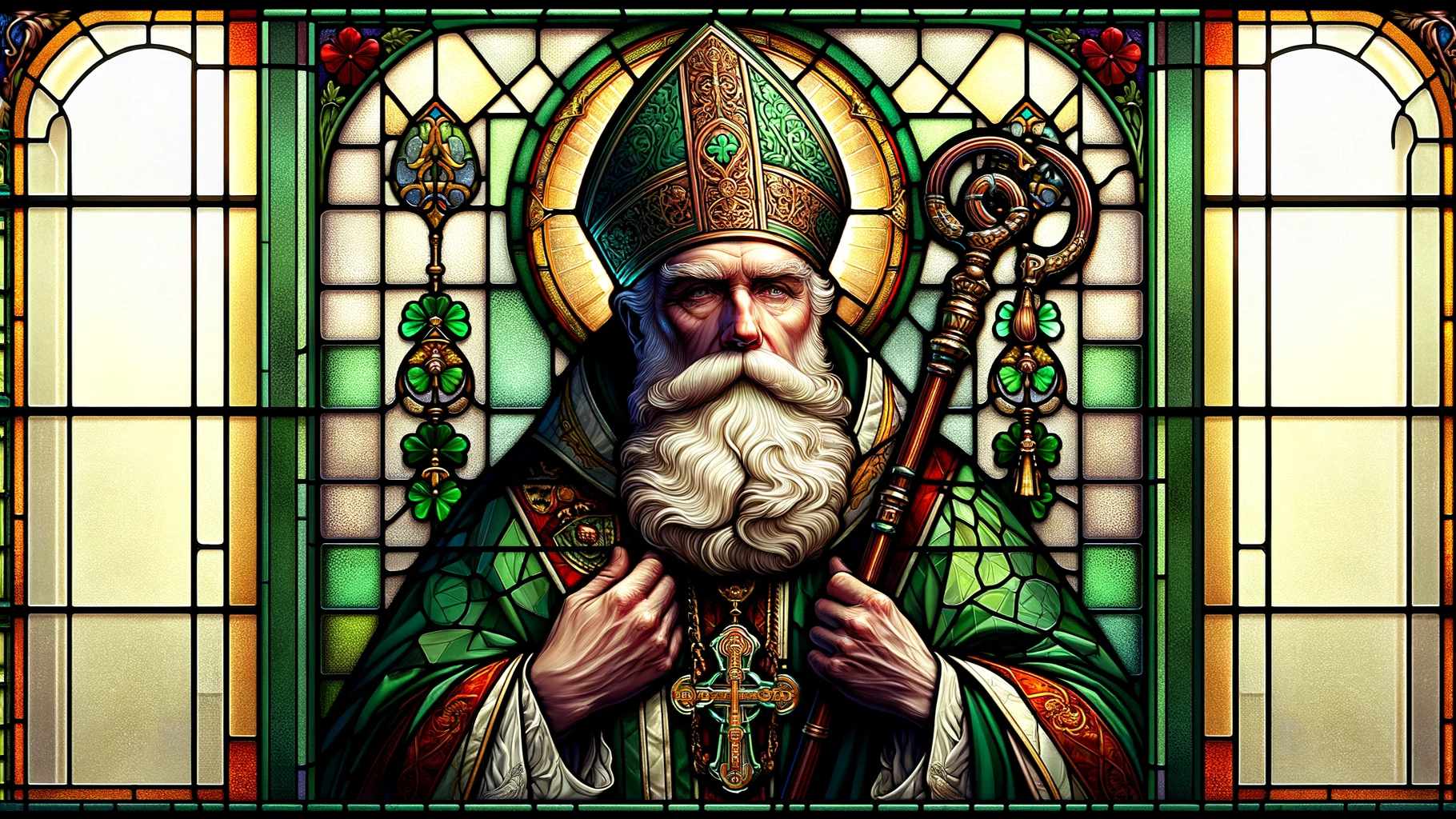

Special Themes
What Irish Saint’s Feast Day Takes Place During Lent?
Published: February 29, 2024
Jason DeRose, Managing Editor at Christian.net, uses his expertise in religion and journalism to deepen understanding of faith's societal impacts. His editorial leadership, coupled with a strong academic background, enriches the platform’s diverse content, earning him recognition in both journalism and religious circles.
Discover the significance of the feast day of the Irish saint celebrated during Lent in our special themes collection. Explore the traditions and history.
(Many of the links in this article redirect to a specific reviewed product. Your purchase of these products through affiliate links helps to generate commission for Christian.net, at no extra cost. Learn more)
Table of Contents
Introduction
St. Patrick's Day is a widely celebrated holiday, especially in Ireland and among those of Irish descent. It's a day filled with parades, green attire, and festivities. However, did you know that St. Patrick's feast day takes place during Lent? In this article, we will explore the history of St. Patrick, the significance of his feast day, and how it is celebrated during the Lenten season. So, what Irish saint's feast day takes place during Lent? Let's delve into the fascinating story of St. Patrick and the traditions associated with his special day.
Read more: What Is A Feast Day In Catholicism
The History of St. Patrick
St. Patrick, the patron saint of Ireland, was actually born in Britain in the late 4th century. At the age of 16, he was captured by Irish raiders and taken to Ireland as a slave. During his captivity, he worked as a shepherd and turned to his faith for solace. After six years, he managed to escape and return to his family. However, he experienced a spiritual calling to return to Ireland and spread the Christian faith among the pagan population.
Patrick underwent religious training and was eventually ordained as a bishop. He then embarked on his mission to Ireland, where he traveled extensively, preaching, baptizing, and establishing churches. One of the most famous legends associated with St. Patrick is that he used the three-leafed shamrock to explain the concept of the Holy Trinity to the Irish people, thus making it a symbol of both St. Patrick and Ireland.
St. Patrick's efforts were instrumental in the conversion of Ireland to Christianity, and he is credited with bringing Christianity to the island. His dedication and impact on the country's religious landscape have solidified his place as a revered figure in both religious and Irish history. Today, St. Patrick is celebrated not only for his contributions to Christianity but also for his role in shaping the cultural and national identity of Ireland.
St. Patrick's Feast Day
St. Patrick's feast day, also known as St. Patrick's Day, is celebrated on March 17th, marking the anniversary of St. Patrick's death. This day holds great significance for both the religious and cultural communities, particularly in Ireland and among the Irish diaspora. It is a day of commemoration and revelry, honoring the life and contributions of St. Patrick to the Christian faith and the Irish nation. The feast day provides an opportunity for people to reflect on St. Patrick's legacy and the impact of his missionary work in Ireland.
The celebration of St. Patrick's Day often includes attending church services, where the life and teachings of St. Patrick are remembered and honored. Many churches hold special masses or prayer services dedicated to St. Patrick, emphasizing his role as a missionary and his efforts to spread Christianity throughout Ireland. These religious observances serve as a reminder of the spiritual significance of the day and the enduring influence of St. Patrick's mission.
In addition to its religious importance, St. Patrick's feast day has evolved into a vibrant cultural celebration, characterized by various traditions and customs. Parades, festivals, and gatherings are held in cities and towns across Ireland and other parts of the world with significant Irish populations. These events showcase Irish music, dance, and folklore, creating a festive atmosphere that unites people in the spirit of St. Patrick's Day.
The color green, closely associated with Ireland, St. Patrick, and the arrival of spring, is prominently featured during the festivities. People adorn themselves and their surroundings with green attire, decorations, and shamrocks, symbolizing the lush landscapes of Ireland and the enduring legacy of St. Patrick. The image of the shamrock, which St. Patrick used to illustrate the concept of the Holy Trinity, has become an iconic emblem of the holiday and is proudly displayed as a symbol of Irish heritage and faith.
Moreover, traditional Irish cuisine takes center stage during St. Patrick's Day celebrations, with dishes such as corned beef and cabbage, Irish soda bread, and hearty stews being enjoyed by families and friends. These culinary delights not only satisfy the palate but also serve as a reminder of the rich culinary heritage of Ireland and the communal spirit of sharing a meal together.
Overall, St. Patrick's feast day is a multifaceted occasion that encompasses religious veneration, cultural pride, and communal merriment. It serves as a testament to the enduring legacy of St. Patrick and the enduring influence of his missionary work, as well as a joyful celebration of Irish identity and heritage.
Celebrating St. Patrick's Day during Lent
The celebration of St. Patrick's Day falls during the Lenten season, a period of spiritual reflection and preparation in the Christian calendar. Lent, which begins on Ash Wednesday and concludes on Easter Sunday, is traditionally observed as a time of fasting, abstinence, and penance. Given the solemn nature of Lent, the question arises: How do people reconcile the exuberant festivities of St. Patrick's Day with the somber tone of the Lenten season?
1. Lenten Dispensation
During Lent, Catholics are called to abstain from meat on Fridays and to practice self-discipline and moderation in their daily lives. However, an exception is made for St. Patrick's Day when it falls on a Friday during Lent. In such cases, the Church may grant a dispensation, allowing the faithful to enjoy the traditional Irish fare, including the classic dish of corned beef and cabbage, without violating the Lenten abstinence from meat. This dispensation acknowledges the cultural and religious significance of St. Patrick's Day while maintaining the spirit of Lenten observance.
Read more: When Is The Feast Of Saint John The Baptist
2. Spiritual Reflection
Despite the festive nature of St. Patrick's Day, many individuals use this occasion to integrate spiritual reflection into their celebrations. They may attend special church services or prayer gatherings that focus on the life and legacy of St. Patrick, emphasizing his dedication to spreading the Christian faith. This blending of revelry with reverence allows people to honor St. Patrick's contributions while remaining mindful of the spiritual themes of Lent.
3. Acts of Charity
In keeping with the spirit of Lent, St. Patrick's Day can also be a time for acts of charity and goodwill. Many communities organize charitable events, such as food drives, fundraisers for local causes, or volunteer initiatives, as part of their St. Patrick's Day observances. These acts of kindness and generosity align with the Lenten emphasis on almsgiving and serving those in need, infusing the celebrations with a sense of compassion and solidarity.
4. Symbolic Greenery
The color green, synonymous with St. Patrick's Day, carries symbolic significance during Lent. While Lent is often associated with penitential purple, the vibrant green hues of St. Patrick's Day symbolize hope, renewal, and the arrival of spring. This visual representation of new life and growth complements the themes of spiritual rejuvenation and rebirth that are central to the Lenten season.
5. Balancing Joy and Reverence
Ultimately, celebrating St. Patrick's Day during Lent involves striking a balance between joyous merriment and solemn reverence. It is a time to honor the cultural heritage and religious legacy of St. Patrick while remaining mindful of the spiritual disciplines of Lent. By integrating festive customs with spiritual contemplation and acts of charity, individuals and communities can navigate the intersection of St. Patrick's Day and Lent with a harmonious blend of faith, tradition, and celebration.
Read more: When Is Lent In Irish Catholicism?
Conclusion
In conclusion, St. Patrick's feast day, occurring during the Lenten season, holds a special place in the hearts of the Irish and those who celebrate the legacy of this revered saint. The festivities surrounding St. Patrick's Day seamlessly blend religious veneration, cultural pride, and communal joy, creating a vibrant tapestry of traditions and customs. Despite the juxtaposition of exuberant celebrations with the solemnity of Lent, individuals and communities navigate this intersection with grace, finding ways to honor St. Patrick's contributions while embracing the spiritual themes of the Lenten season. St. Patrick's Day serves as a testament to the enduring legacy of St. Patrick, the rich heritage of Ireland, and the unifying power of faith and tradition. As the world dons shades of green and partakes in the revelry, the spirit of St. Patrick's Day continues to resonate, bridging the past with the present and uniting people in a shared celebration of faith, culture, and community.

